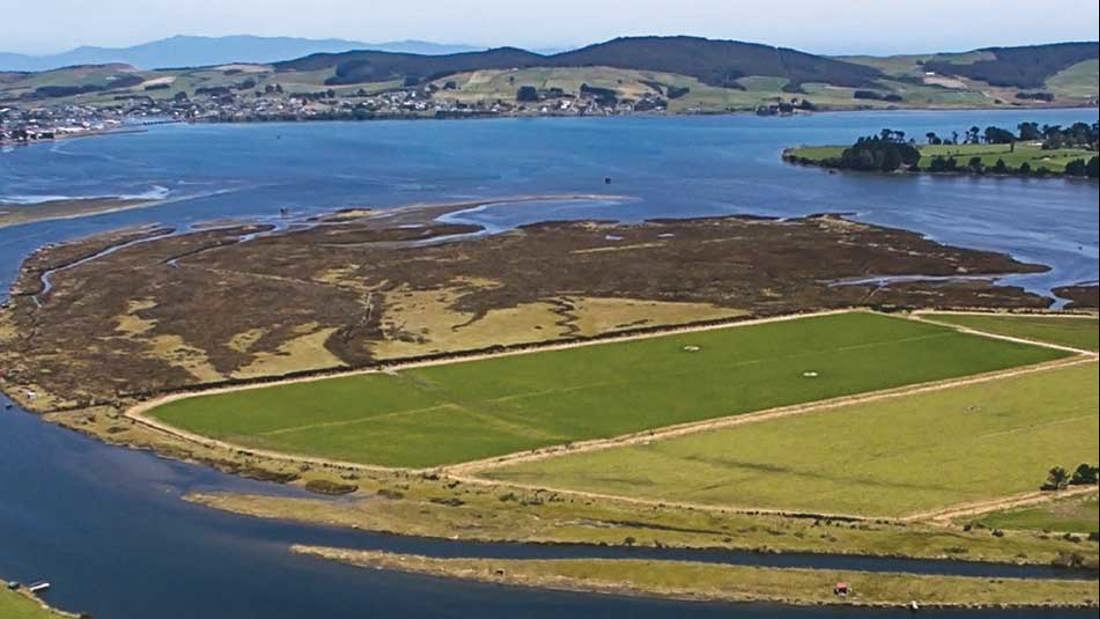Aparima water quality
1 min read
Large-scale initiative in the Aparima Catchment aims to improve water quality. DairyNZ and Southland farmers are collaborating to promote Good Farming Practice principles on 600 properties, with 218 being dairy farms. This project involves numerous stakeholders, including farmers, land managers, scientists, and industry experts. They aim to link farm activities with water quality results through monitoring and modelling. Over the next two years, every landowner will form a Farm Environment Plan (FEP) with DairyNZ's support. One major focus is planting and feeding winter crops in a way that minimises water runoff. This means making smart choices about where crops are planted and managing grazing to prevent water pollution.
Large-scale initiative expected to have big effect on water quality.
Funded and supported by DairyNZ, a group of Southland farmers have united to tackle water quality issues in the Aparima Catchment. They’re encouraging Good Farming Practice principles on all 600 properties (of which 218 are dairy farms) in the catchment, aiming to enhance water quality for future generations.
This large-scale project involves farmers, land managers, extension experts (like DairyNZ consulting officers) and scientists. They’re working together to identify, implement and track environmental actions across a wide range of farming properties and land uses. Through modelling and monitoring, the actions of every farm plan will be linked to water quality outcomes.
The Aparima Community Environment Project involves six farmer-led catchment groups, Environment Southland, DairyNZ, Beef + Lamb New Zealand, Fonterra and Open Country Dairy, plus support from other industry groups.
Over the next two years, all landowners in the Aparima Catchment will form a Farm Environment Plan (FEP), with support from DairyNZ. A key focus will be applying Good Farming Practice principles for planting and feeding winter crops. This includes taking steps to reduce surface runoff. For example, farmers will choose their crop paddock wisely, identify low-lying areas in the paddock and leave these in grass, or graze through the area quickly to reduce pugging and overland flow of sediment into waterways.

Now’s the perfect time to check in, plan, and set up for a strong season. We’ve pulled together smart tips and tools to help you stay ahead all winter long.
Whether you prefer to read, listen, or download handy guides, we’ve got you covered with trusted tools to support your journey every step of the way.
Put our proven strategies and seasonal tools to work. Boost production, support animal health and watch your profits hum.
Tools that are backed by science, shaped by farmers and made for this season.
That’s Summer Smarts.